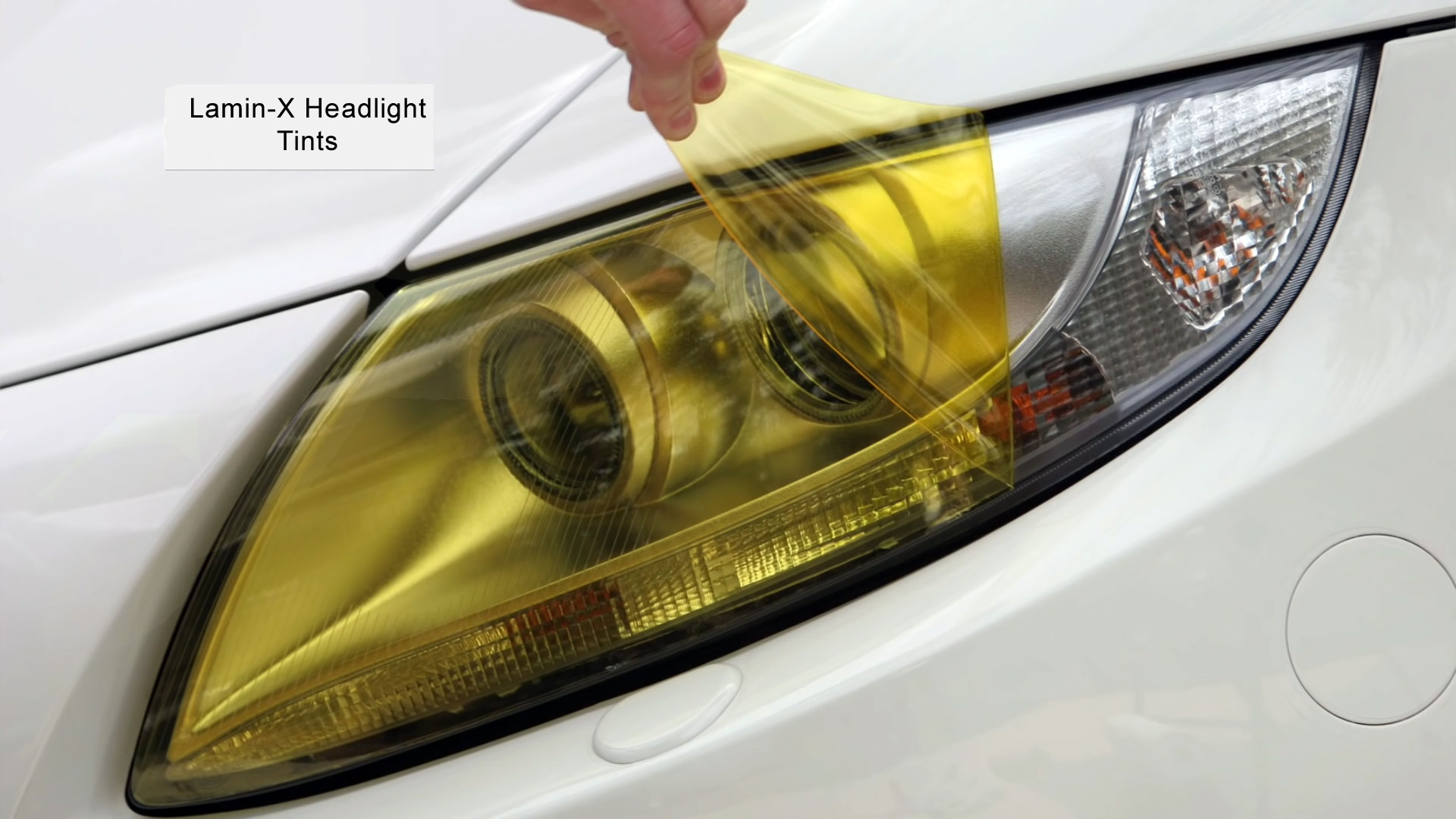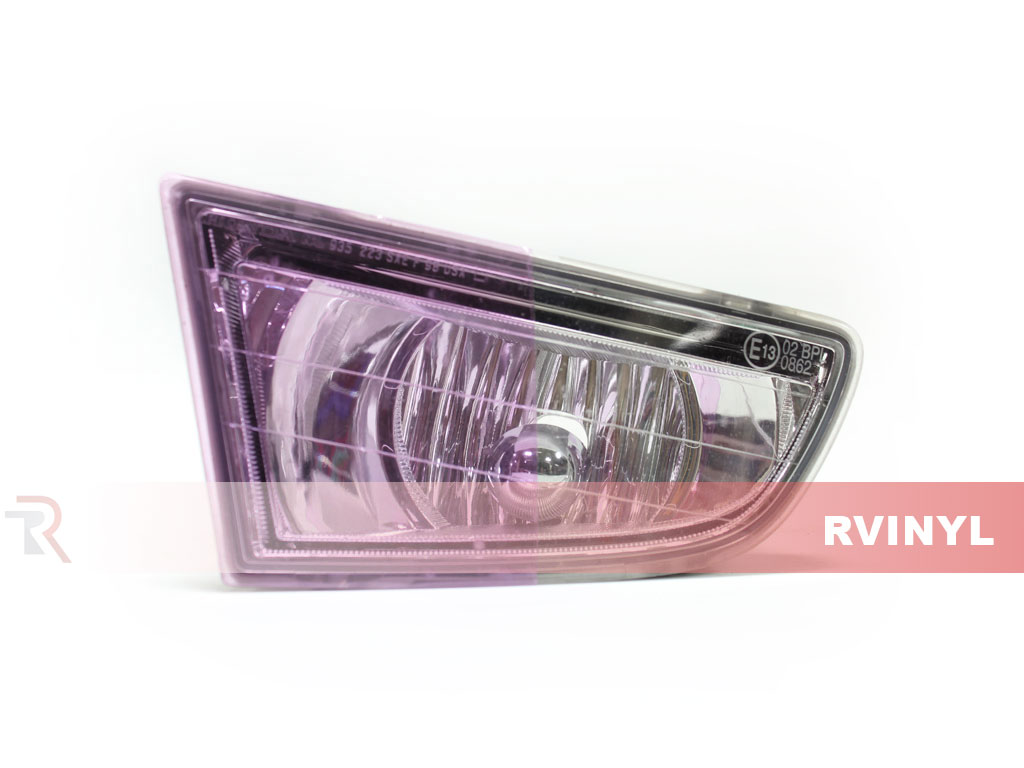Modifying the color and shade of your headlights is probably one of the oldest and most popular ways to customize the look and feel of your car or truck and has a history that reaches all the way back to World War II. Because of their wartime origins most headlight modifications had to do with light discipline and so were designed to reduce the amount of light passing through the lens and which could be seen from above by air reconnaissance. At the time there were really only two ways to blackout your headlights: either by placing a grille or vent shade in front of it or by painting the lens. This later method of painting one's headlights also became known as "smoking" due to the gray or charcoal appearance of the light after it was painted.

If there was any confusion about the provenance of the term "smoked headlights" I think our quick, historical explanation has now firmly put it to rest. The term "headlight tint," however, shouldn't be confusing to anyone due to the fact that almost everyone in the world knows what window tinting is. In essence, the term is primarily used to describe tint that is laid on a headlight rather than sprayed on although the terms have become interchangeable in recent years. Evidence of this trend can be found by doing a quick Google search where a query for the term "smoke headlight" will return results from Lamin-X, Headlight Armor and other companies that sell headlight tint films and precut kits.
Smoked Headlights
Smoked headlights are essentially darker in color and lower visibility depending how much the tint is. To achieve this effect, you can either put rille or ventshade in front of it or by painting the lens. When you do smoke your headlights, always make sure to test out the visibility to see how well the headlights are working.
Tinted Headlights
Tinted headlights come in various tint shades. Make sure that the tint shades comply with the legal level in your state as they vary from state to state. Tint headlights are films that you can apply right on your headlights and they will stay on. As always, whenever you apply any tints on your headlights or taillights, make sure to try them out so you know they are working properly.

How is Headlight Tint Different from Window Tint?
Now that we've established the difference, or lack of one, between smoked headlights and tinted headlights it makes sense to ask: what's the difference between headlight tint and window tint? In this case there really is a difference and it's a big one. You see, professional grade headlight films made by companies like Rtint, Lamin-X, Husky, Xpel and others are made from optically clear, thermoformable vinyl.
Window tint is made of polyurethane which can be milled to a thickness of less than vinyl and which shrinks when heated. The fact that it shrinks rather than stretches when heated and its thinness mean that it does not perform well on compound curves that are common on today's headlights. Worse yet, if an installer is successful in applying window tint to headlight lens the results can oftentimes be as permanent as painting. At Rvinyl we have heard stories of customers who have had their lights tinted with window film and now cannot remove it without destroying the lenses.

Get the Look You Want
That is why you should always do the proper research when deciding to apply smoke or tint your headlights. Many things can go wrong and probably will if you do not have the right information. Don't wait until your headlights get damaged as a result of your negligence. It is an easy process that will come in handy and make your job easier.
In the final analysis, window tint and headlight tint may be similar in theory in that they both use a film to darken or change the color of the substrate but that is where the similarities end. Be smart when you're looking for smoke or tint your headlights and trust a reputable brand to provide you with a film that will not damage your lights. If you have any questions, feel free to reach out to us. We will be more than happy to help!